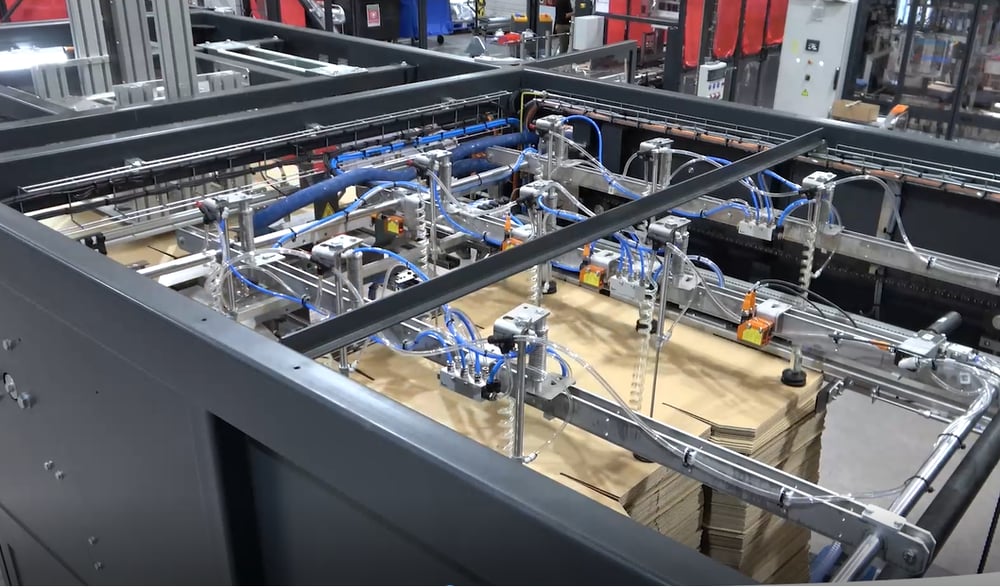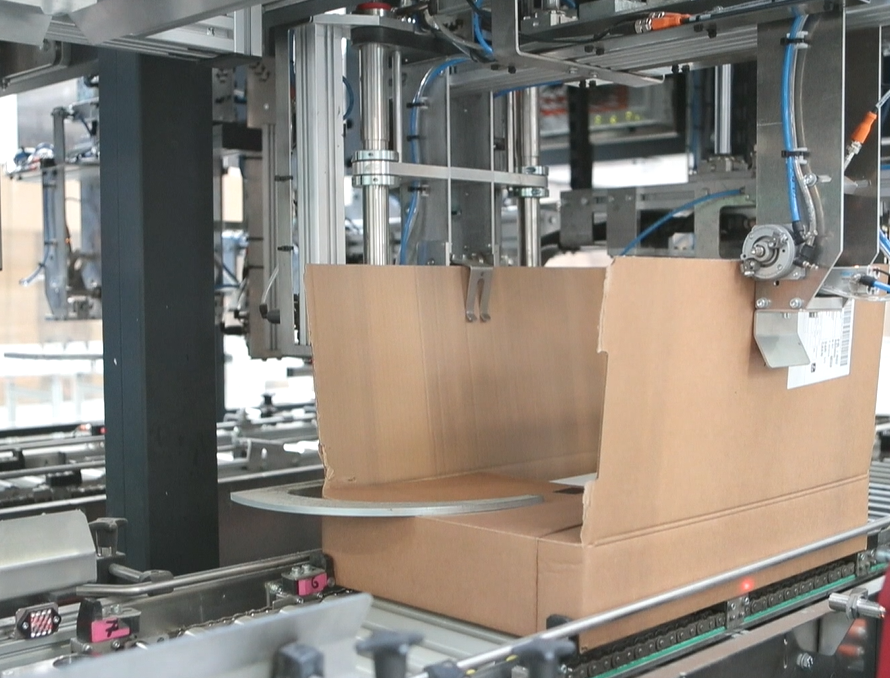Process Intelligence
We’re dedicated to maximising packing efficiency through automation, harnessing the latest technologies to reduce void fill consumption, cut logistics costs and scale for growth.
Using a range of cutting-edge automated systems, we can integrate ultra-efficient packing solutions into your fulfilment operation, providing robust, flexible solutions for carton assembly, lidding and labelling.
High-Performance Packing
Reliability in performance lets you accurately evaluate your operation’s packaging needs and scale for peak periods, while reductions in void fill use ensure unmatched savings, both in material use and transport costs for delivered goods.
Compact packing produces a higher degree of protection with a reduced footprint, facilitating an improved unboxing experience, while automatic carton resizing and tamper-evident seals ensure maximum security for your goods.


Efficient by Design
By combining manual processes with automatic and semi-automatic systems, a fulfilment operation that’s truly tailored to meet your needs can be achieved, leading to fewer damages in transit and serving to better improve the unboxing experience for your customers.
Looking to overhaul your packing lines and incorporate automated systems into your operation? We can identify process inefficiencies and look to maximise your packaging spend to yield a quick return on setup investment and prepare your business for growth.

We work closely with our clients to provide expert consulting services designed to ensure their packing system is optimised, from consultation and design through to pre-production and fitting, accounting for modularity of features, build dimensions and budget.
The result is a bespoke, scalable system constructed to increase productivity, reduce waste and facilitate the precise packing needs of each business.